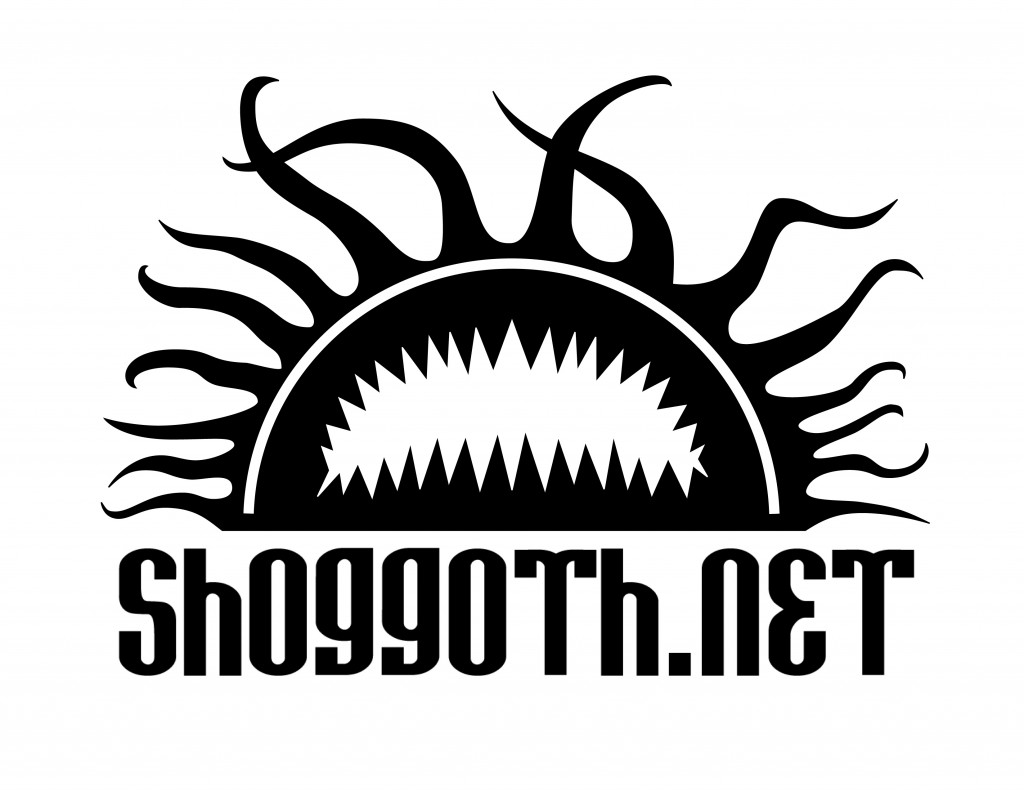We are so, SO excited to today be announcing the first release of Cthulhu Eternal, our all-new, fully-open, anytime ruleset for creating Tabletop RPGs with a Lovecraftian influence.
The first batch of downloadable System Reference Documents (SRDs) is available right now via DriveThruRPG (where they’re technically listed as a Pay-What-You-Want release to allow folks who want to chip in a donation can do so, but we’re 100% fine with people taking the files for free).

Each PDF is approximately 100 pages, mostly comprising self-contained game mechanics which customize the common Cthulhu Eternal System in the context of a particular historical era. The DTRPG bundles also each include two double-sided character sheets designed for the specific era, as well as a “cheat sheet” to make it easier to learn a new flavor of Cthulhu Eternal if you’re already across the basics of the system.



So what is this all about? Does the world really need a new Lovecraft RPG System?
Some folks that have lurked here for a while will already have some context about why we spent the best part of a year making a new iteration of the D100-based rules engine first published in our APOCTHULHU RPG.
It’s definitely true that several fantastic tabletop RPGs exist with various influences from the writings of H.P. Lovecraft. Some of them have huge libraries of published supplements stretching back decades. If you’re a player of one of those games and you are 100% happy with the rules engine they offer, then we heartily support you sticking with the game you love — we absolutely would, too.
If, on the other hand, you are a would-be game writer or publisher (or even a “homebrewer”) who has ambitions that are not easily achieved within the licensing regimes for existing games, our 100% open (as in Wizards of the Coast OGL flavor of “open”), Cthulhu Eternal might be your new best system.
We have long wished for a great set of English-language RPG rules that would empower creators to self-publish their original ideas and stretch the boundaries of the cozy “island” that most Lovecraftian RPGs have traditionally settled upon. Such a system exists in German (the absolutely awesome FHTAGN RPG) and that example inspired us to make something similar. Cthulhu Eternal is the result.

What’s in each Cthulhu Eternal SRD?
The idea of each System Reference Document is to provide a full set of rules — in text form only — that would allow someone to run a game set in the nominated era, and covering events that are common to Lovecraft-y game adventures.
In a nutshell, the 100-pages of each SRD is broken up like this:
Part One describes the rules of the game, and comprises:
- A lengthy section describing Protagonists (the generic name given to player characters in Cthulhu Eternal games). This includes a description of all the game attributes that define a Protagonist — characteristics like Strength, Intelligence, Power, Charisma, etc., as well as Skills, Protagonist Bonds to other people and to communities, ratings for their relative access to Resources, as well as ratings that measure their mental stability.
- A detailed but streamlined system for Combat, covering all the ways that Protagonists and their adversaries can attempt to deal damage, or avoid the hostile intentions of others.
- A comprehensive Sanity system, which attributes damaging effects to Protagonists (and other characters) that result not just from encounters with the bizarre and/or Unnatural, but also from more mundane horrors such as witnessing or participating in violence.
- Simple systems for describing special forms of equipment or vehicles that might become important to play.
- A set of rules to allow players to explore what their Protagonists do during Downtime — times between adventures when they can interact with their loved ones, attempt to learn or recover, or even to plumb the depths of the Unnatural (not recommended).
Part Two of each SRD is designed for Game Moderators, and includes:
- A set of rules for Supernatural Effects which might arise from encounters with extra-dimensional horrors, or via human dabbling into Rituals which unlock vast and generally unpleasant forces.
- Because our SRDs are designed to be somewhat setting-neutral, they don’t include comprehensive bestiaries of alien creatures, nor do they describe libraries of Rituals which unleash the Unnatural on the world. Part Three of each SRD includes a set of guidelines to help in the creation of such adversaries and powers; also described are guidelines for making new character Archetypes, allowing a broader range of Protagonist types to be played.
Because our SRDs are designed to be somewhat setting-neutral, they don’t include comprehensive bestiaries of alien creatures, nor do they describe libraries of Rituals which unleash the Unnatural on the world. Part Three of each SRD includes a set of guidelines to help in the creation of such adversaries and powers; also described are guidelines for making new character Archetypes, allowing a broader range of Protagonist types to be played.


Why multiple SRDs? Aren’t the rules basically the same for each?
When we sat down to design a general-purpose system that could support all manner of Lovecraft-inspired games, we initially thought that maybe a generic engine could do that. But the more we looked into it, the more we realized that a part of what makes the game feel “authentic” to a particular historic era (whether past or present) is its handling of some details particular to the era. How are the differing experiences of characters captured as skills? How does technology drive the types of medical or technical proficiencies that characters might have? How does the common labeling of of aberrant mental states shape people’s perception of SAN loss?
We soon realized that a set of rules that would work great for a high-tech modern-day game is going to feel pretty “inauthentic” when used to run a game set in ancient Greece. Sure the classical Greeks would have a use for a First Aid skill, but a Driving skill might need a little tweaking, and the concepts of things like Forensic Science or Anthropology or Firearms would need massive reworking to even make sense in that world. Similarly, the Protagonist Archetypes that are convenient shorthands for common character types vary a lot from era to era. To make something workable requires different “customizations” for each era.
However, we did still want to preserve the idea that all of these variant rulesets had a common foundation — that the core mechanics were largely similar regardless of which version one was playing.
We eventually struck on this model:

In essence, the very core mechanics of Cthulhu Eternal reside in a set of rules which define how dice are rolled and how characters attempt to achieve outcomes. We have grouped all of those unvarying things into a virtual “meta game” which is customized — or “localized” — to make them specific to a certain range of historical settings. This customization rewrites some of the rules, and fills in some gaps with era-specific rules (like weapons tables which are typical for the era). The SRDs we’re releasing today are examples of three such localizations.
The SRDs, though, are still kind of generic in that they are tied to a temporal setting but could be further tailored to different specific purposes. For example, the Victorian Era SRD we’ve released could, in theory, power a Sherlock Holmes style of London Sleuthing type RPG … but could equally be adapted to making a game of Wild West horror.
Our own plans are to use these SRDs in two different ways:
- To make a few setting-specific games (for example a standalone Convicts & Cthulhu game that takes a future “Cthulhu Eternal Colonial Era SRD” and adds details particular to the early convict settlement of Australia
- To publish standalone scenarios which bring with them just enough of their own “setting” that they can be played by someone using just the rules found in the SRD.
Obviously it’s still early days for Cthulhu Eternal and we have a lot of plans for it … but more importantly, we are excited to make it available for everyone to use — free, and without complex licensing. What fantastic creations will people use it for? We can’t wait to find out.
Again, you can grab the first batch of three SRDs using the links below. More to follow.

